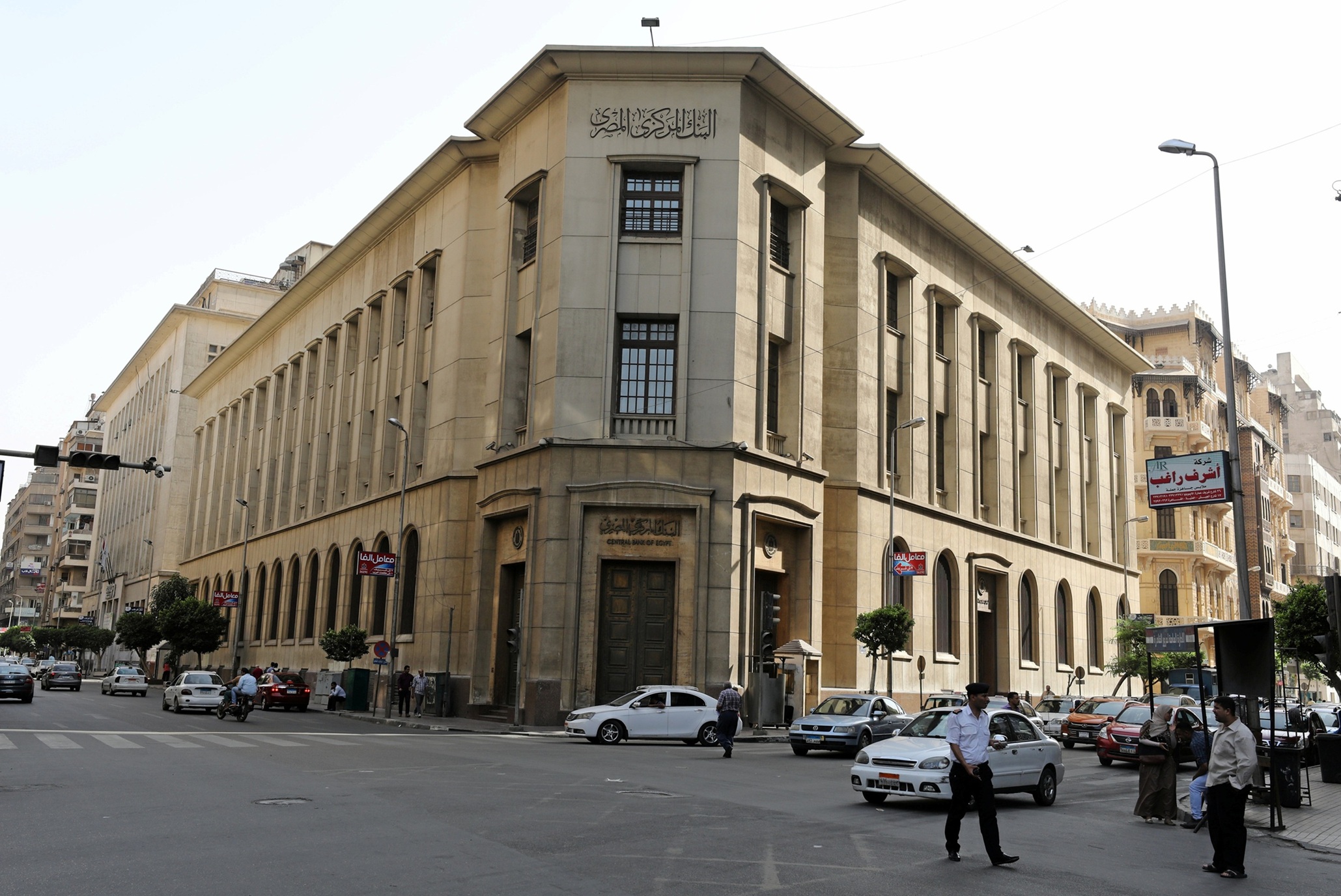In a decisive policy shift, the Central Bank of Egypt slashed its benchmark interest rate by 225 basis points in April, marking the first rate cut in more than five years. The move brings the overnight deposit rate to 25 percent and the lending rate to 26 percent, ending a prolonged period of record-high borrowing costs aimed at curbing inflation and supporting the Egyptian pound amid external shocks and currency devaluations.
The rate reduction follows nearly a year of stringent monetary tightening and comes amid growing public discontent over the unrelenting rise in living expenses.
The central bank’s policy shift follows a notable decline in inflation. Headline inflation dropped to 13.6 percent in March, while core inflation hit a three-year low at 9.4 percent, a sharp turnaround from the record 38 percent inflation seen in September 2023.
According to the Central Bank, “the move aligns with upholding the appropriate monetary stance, with the aim of anchoring inflation expectations and safeguarding the projected disinflation path.”
Despite progress, inflation remains well above the bank’s 7 percent target, and experts say the rate cut probably would not lower everyday goods in the short term. Nonetheless, the bank reaffirmed its commitment to using all available tools to steer inflation toward its target by the fourth quarter of 2026.
The effects of recent economic changes may not bring immediate relief at the checkout counter for Egyptians, especially as inflation, while slowing, remains stubbornly high and well above official targets.
Abu Bakr al-Deeb, a political economy researcher, attributed the slow-paced decrease to factors such as the recent rise in fuel prices and uncertainty in the global economy.
The recent rise in fuel prices is expected to push the cost of transporting and producing goods up, keeping pressure on consumer prices. Meanwhile, global economic uncertainty and fluctuating commodity prices add to the challenges, making it harder to predict when everyday costs might come down.
For businesses and investors, the reduction in borrowing costs is a welcome relief. Economists argue that the lower rates will stimulate investment, encourage the launch of new factories, and create jobs.
“For anyone planning to expand or launch a productive or commercial project, now is the right time,” said economist Fakhri El-Fiky.
The Egyptian stock market is also expected to benefit as funds shift from bank deposits to equities, encouraged by the lower returns on savings.
The decision reflects increasing optimism that inflation is trending lower, though analysts caution that the road to price stability will be slow and fraught with challenges, ranging from global trade disruptions to domestic fuel price fluctuations.
The rate cut highlights the challenging task confronting Egyptian policymakers: fostering economic growth and investment while simultaneously addressing inflation, which continues to diminish household purchasing power.
As policymakers navigate this delicate balance, Egypt’s monetary authorities have shown they are willing to adapt policy as conditions evolve. Whether this rate cut marks the start of a sustained easing cycle or a cautious, one-off adjustment will depend on how inflation and global risks unfold in the months ahead.
For now, Egyptians may find some relief in improved market sentiment and the prospect of more accessible credit, but the high cost of living remains a stubborn reality.
As El-Deeb put it, the central bank’s move is “a message of confidence and a chance to stimulate the economy.”
Yet in Cairo’s crowded markets, where prices still inch upward by the week, the optimism of policymakers feels like a distant echo.






Comments (0)